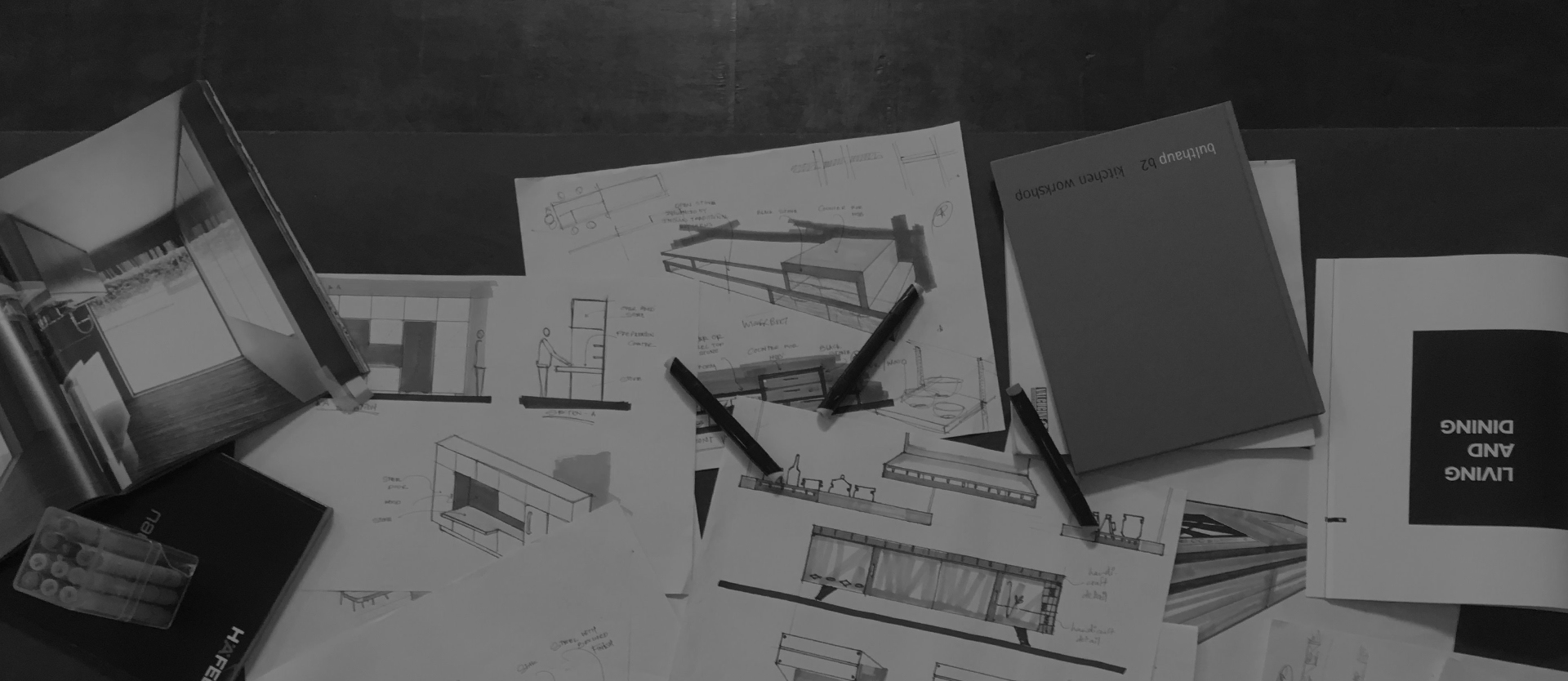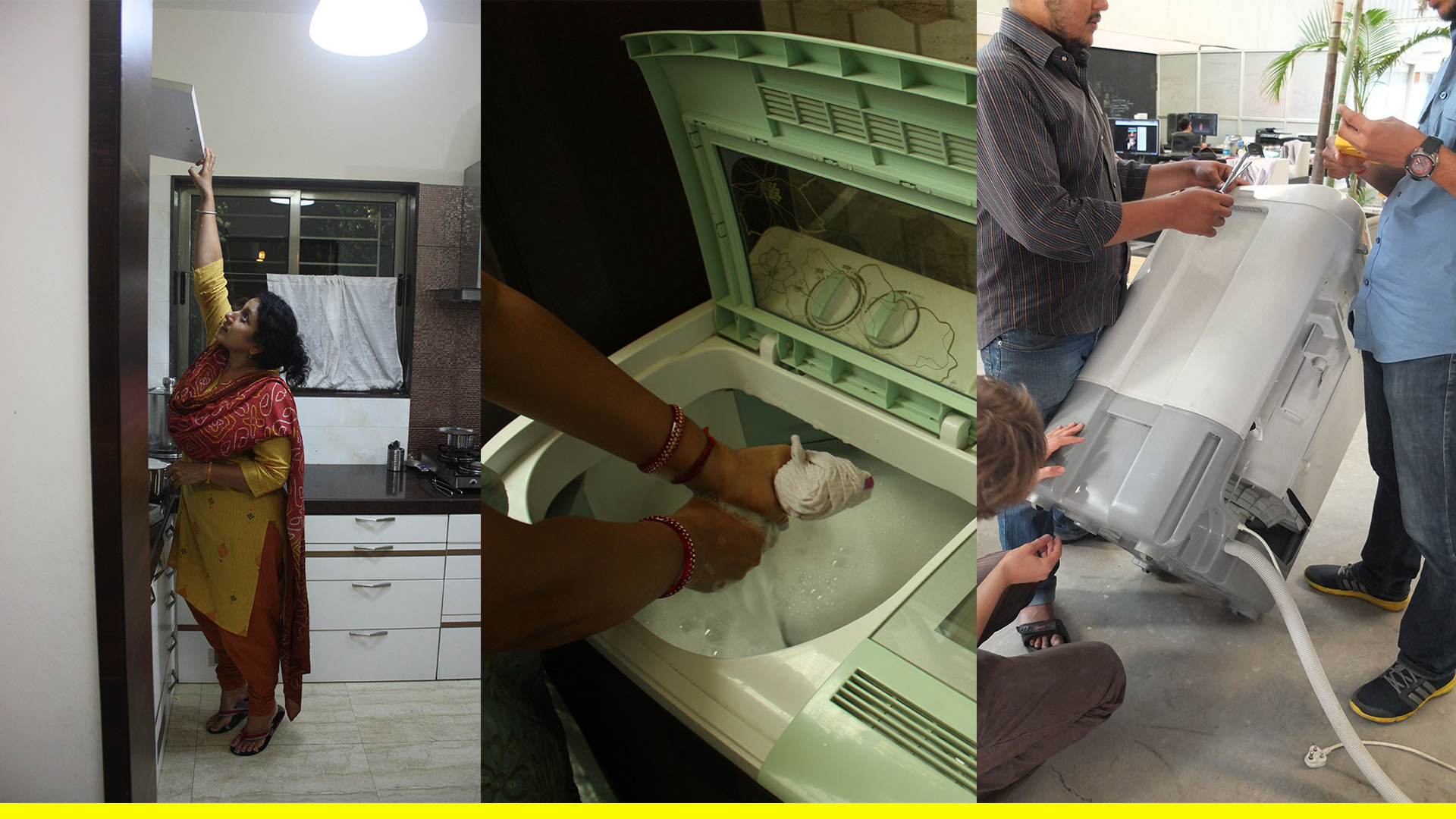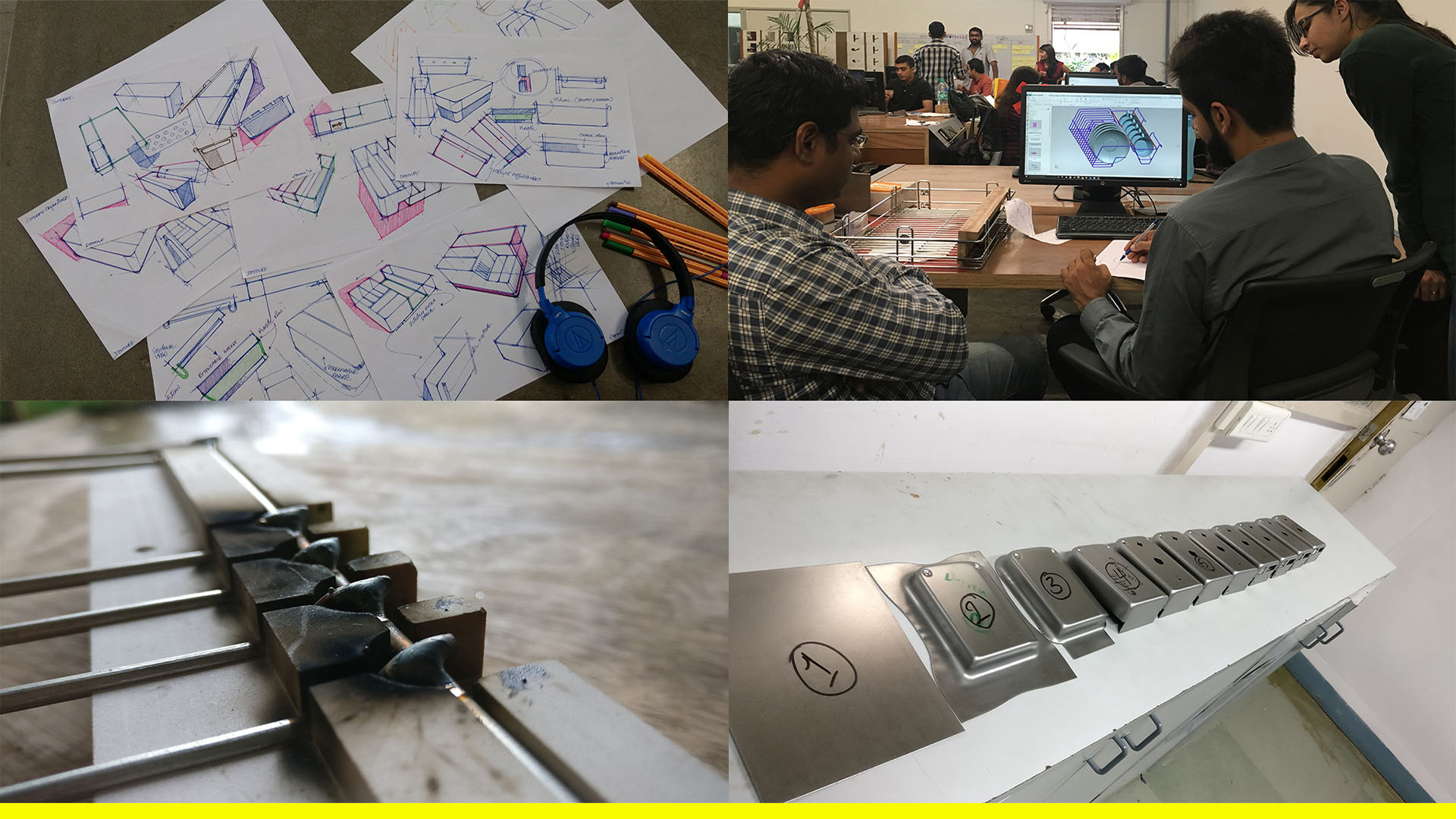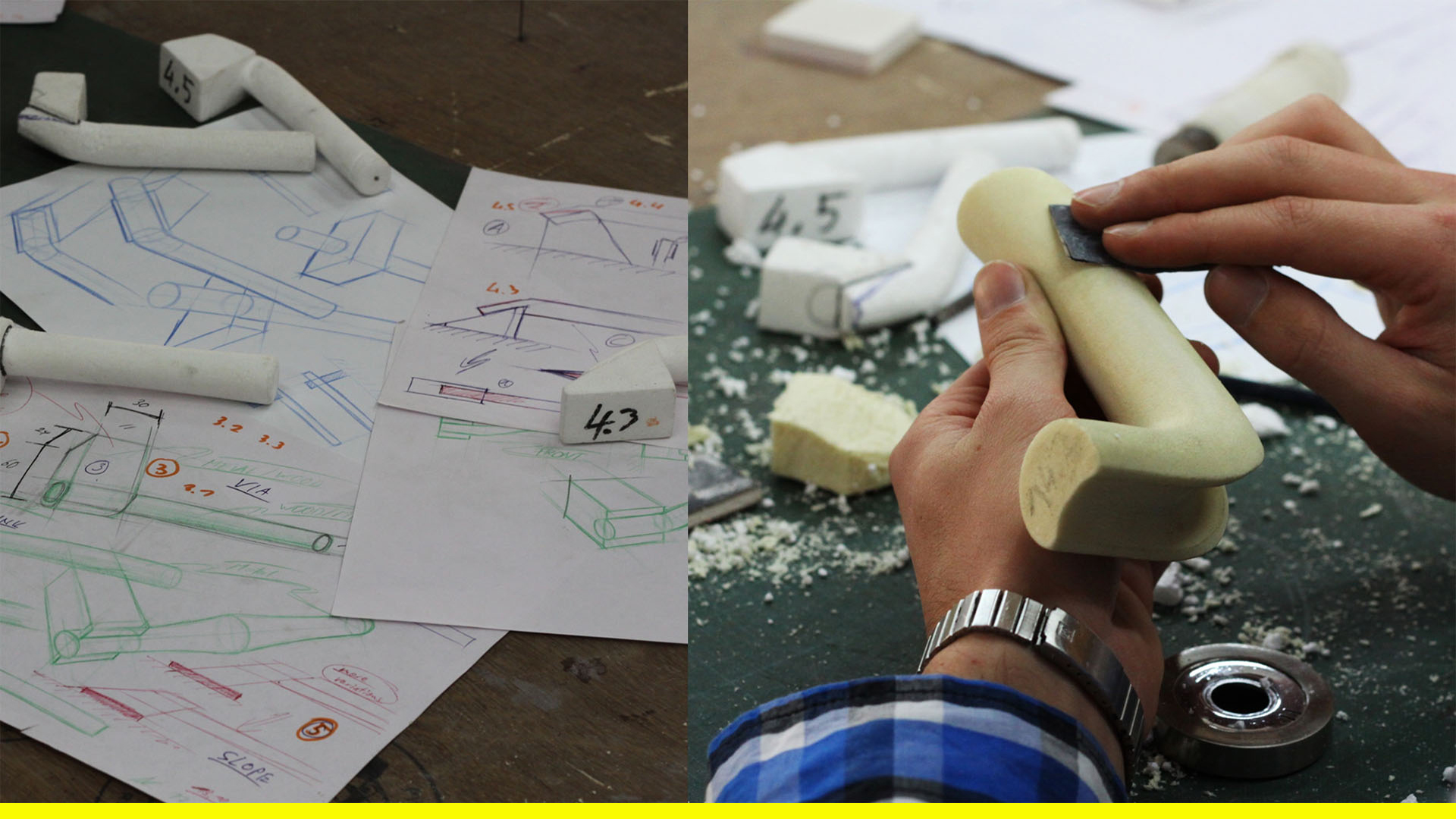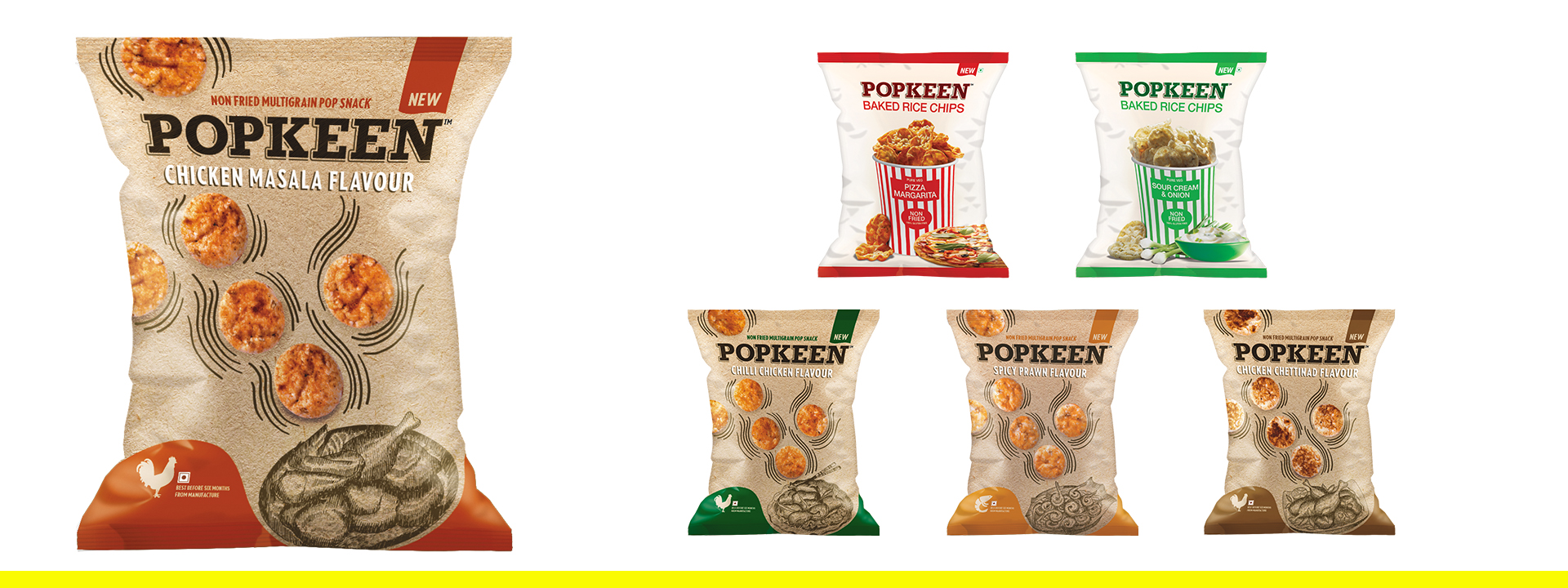Industrial Design is a creative, dynamic and strategic design process that enables a human-centric problem-solving approach. Through Industrial Design, we ensure that each of our interaction brings incremental value to the product, business as well as the market category. To facilitate this, we follow a unique four-fold design process.
PROBE: We engage with the primary users and all stakeholders to draw unique insights, while constantly observing the subtle aspects of the environment and behavior that define expectations and aspirations. We prioritize and validate the insights to understand the areas of opportunity.
DESIGN WORKSHOP: Cross-functional teams come together and brainstorm on design problems to ensure we have a wide spectrum of ideas. This is a back and forth process of ideation on Post-its, quick mock-ups to validate the ideas, feedback and then back to ideating, keeping in mind the valuable insights from the Probe phase.
INVENT: The ideas are then critically analyzed and filtered, based on factors like innovation, ease of use, aesthetics, and feasibility.
DESIGN LAB: Our prototyping arm FOMO, is fully equipped for model making, concept prototyping and proof of concept manufacturing. At FOMO, we test concepts for user interaction, ergonomics and validate the functionality, ensuring a foolproof assembly. We also aid our clients in experiencing the product through to final product development.

